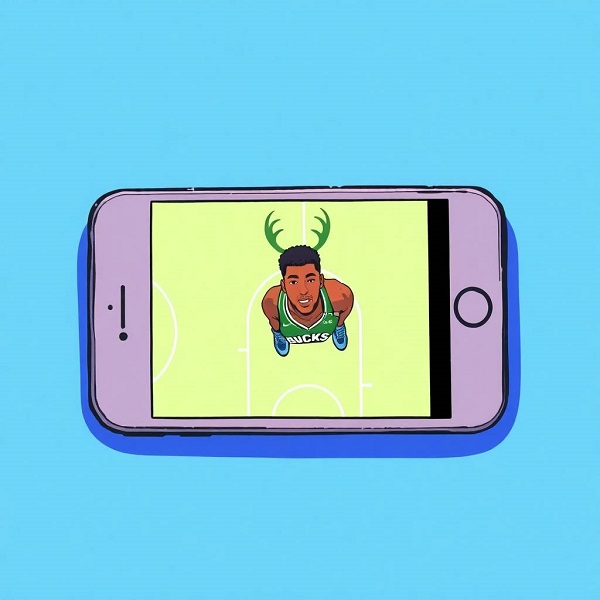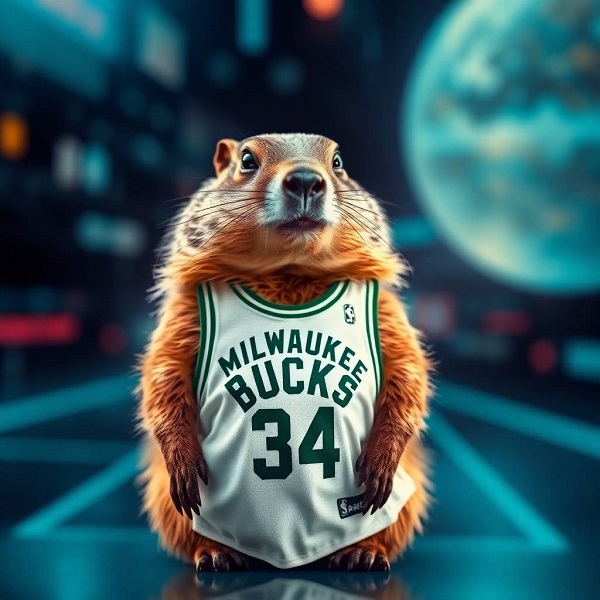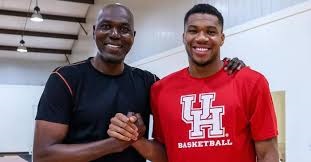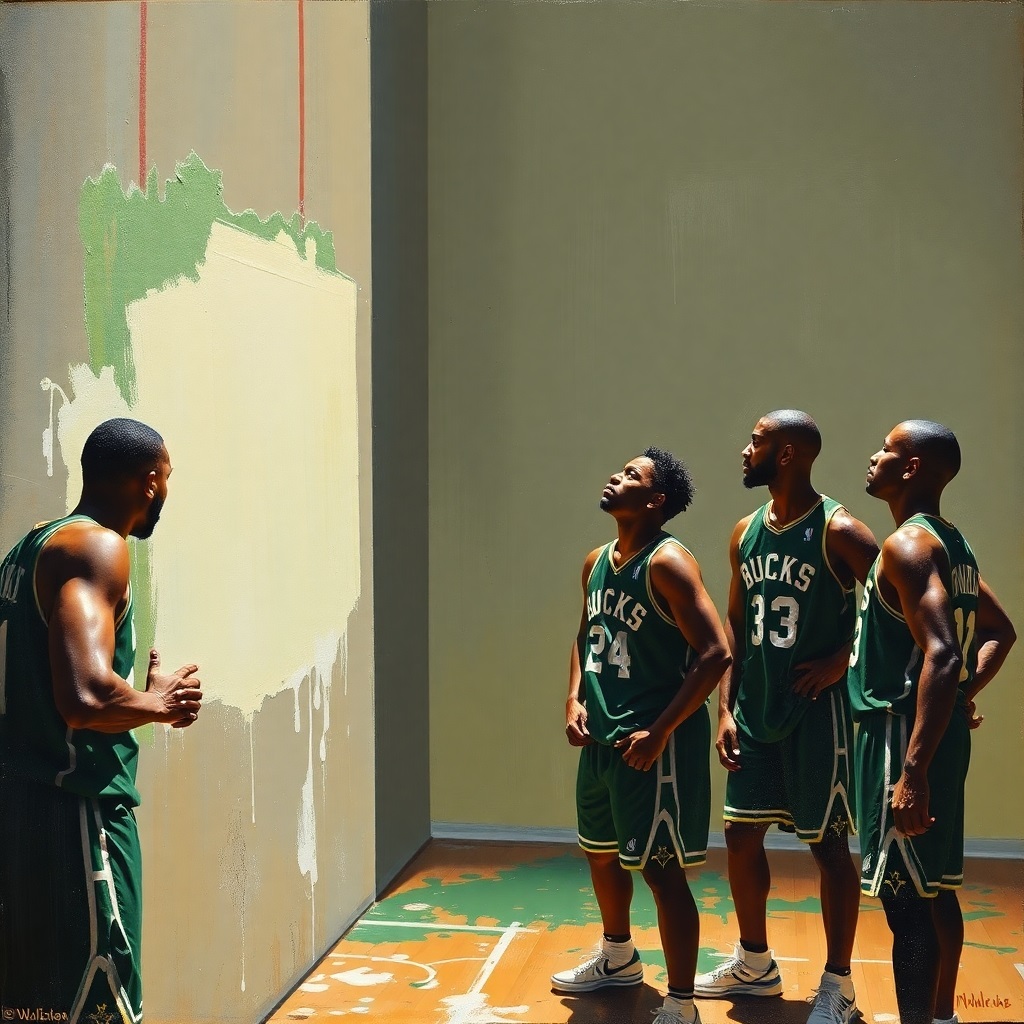Off the court, he’s been celebrated for his grounded personality, heartfelt connection with fans, and inspiring journey from a street vendor in Athens to global icon. Yet, in recent years, a troubling trend has emerged: Giannis’s presence on social media, where he increasingly posts silly, meaningless, and attention-grabbing content. This shift feels not just out of character but deeply disheartening, as it suggests a chase for relevance that undermines his legacy and authenticity. It is almost a yearly thing. First he stokes trade rumours, then he does stupid stunts on social media.
The Allure of TikTok and the Pressure to Stay Relevant
TikTok, with its billion-plus users, is a cultural juggernaut. Its short-form videos thrive on humor, trends, and virality, often rewarding the absurd over the meaningful. For celebrities like Giannis, the platform offers a direct line to fans, bypassing traditional media. But it also comes with a cost. The pressure to stay relevant in a fast-moving digital landscape can push even the most genuine figures into performative territory. For a 30-year-old superstar in the prime of his career, the temptation to tap into TikTok’s algorithm-driven fame is understandable but not excusable.
Giannis’s TikTok posts often lean into low-effort humor or exaggerated antics like cringe-worthy dance challenges, or sharing random, contextless skits. These videos, while occasionally amusing, feel like a departure from the Giannis we’ve come to admire. Where is the player who shared raw, emotional stories about his family’s struggles? Where is the leader who inspired with his relentless drive? Instead, we get content that seems designed to chase likes, comments, and shares, pandering to an audience that may not even care about his on-court greatness. They are not even funny, just the same crap most people post when they first discover tik tok.
The Sadness of Seeking Validation
What makes this trend so sad is what it reveals about the modern athlete’s struggle for validation. Giannis, by all accounts, has nothing left to prove. His accolades speak for themselves, and his story resonates with millions. Yet, the decision to flood TikTok with trivial content suggests a need to be seen, to be talked about, even if it’s for the wrong reasons. It’s as if the roar of NBA arenas and the adoration of fans aren’t enough anymore. In a world where attention is currency, even a legend like Giannis seems compelled to trade substance for fleeting clicks.
This pursuit of digital clout is particularly jarring because it feels so unnecessary. Giannis’s authenticity has always been his superpower. His unfiltered joy after winning the 2021 NBA Finals, his candid reflections on failure, and his loyalty to Milwaukee—a small-market team—have endeared him to fans worldwide. These moments didn’t need a viral sound or a dance trend to resonate; they were real. By contrast, his TikTok antics feel like a hollow attempt to stay in the conversation, as if he fears fading into obscurity without a constant stream of content.
The Cost of Diluting a Legacy
Every silly TikTok post risks diluting Giannis’s legacy. For younger fans, especially those who discover him on the platform, these videos may shape their perception of him more than his game-winning blocks or 50-point Finals performances. Instead of being the embodiment of resilience and excellence, he risks becoming just another “content creator” chasing trends. This shift is not just sad for fans but potentially damaging to his brand. Sponsors, media, and future opportunities may begin to see him as less of a transcendent athlete and more of a social media personality.
Moreover, the time and energy spent on TikTok could be better invested elsewhere. Giannis has spoken about his commitment to improving his game, mentoring younger players, and giving back to his community. These pursuits align with the values that have defined him. Crafting viral videos, on the other hand, feels like a distraction—a waste of his influence and platform. Imagine if he used TikTok to share training tips, highlight charitable efforts, or tell stories about his journey. Those posts would not only inspire but also reinforce the qualities that make him special.
The Broader Cultural Context
Giannis’s TikTok missteps reflect a broader cultural shift. Social media has blurred the line between athlete and entertainer, pressuring stars to perform both on and off the court. Players like LeBron James and Kevin Durant use social media platforms to engage thoughtfully, sharing insights or clapping back at critics with wit. LeBron is the bravest, standing up to Presidents and making important social commentary in ways that make a difference. Others, like Ja Morant, have faced backlash for reckless online behaviour. Giannis’s approach—safe but shallow—avoids controversy but sacrifices depth. It’s a reminder that not every platform suits every personality, and not every trend is worth following.
The sadness here is amplified by the contrast with Giannis’s peers. Damian Lillard, his Bucks teammate, uses social media sparingly, letting his game and music speak for him. Nikola Jokić, another MVP, shuns the spotlight entirely, content to let his brilliance on the court define him. Giannis, with his infectious charisma, could strike a balance—using TikTok to connect authentically without resorting to gimmicks. Instead, he’s fallen into the trap of chasing algorithms, and it feels like a betrayal of what made him unique.
A Hope for Change
It’s not too late for Giannis to course-correct. He’s shown time and again that he’s capable of growth, whether it’s adding a mid-range jumper to his arsenal or leading his team through adversity. Recognizing the emptiness of his TikTok strategy could be his next evolution. He could pivot to content that reflects his values—family, hard work, gratitude—or simply step back from the platform altogether. Fans would respect either choice, as long as it feels true to who he is.
For now, though, each new TikTok post stings a little more. It’s a reminder that even someone as extraordinary as Giannis Antetokounmpo isn’t immune to the pressures of our attention economy. His greatness doesn’t need viral videos to endure, but his legacy might suffer if he keeps trying. Here’s hoping he realizes that the world is already watching—not for his next dance, but for the next chapter of his remarkable story. Unfortunately it does not look like even Giannis believes he can improve his game, so maybe this is all he has left.



